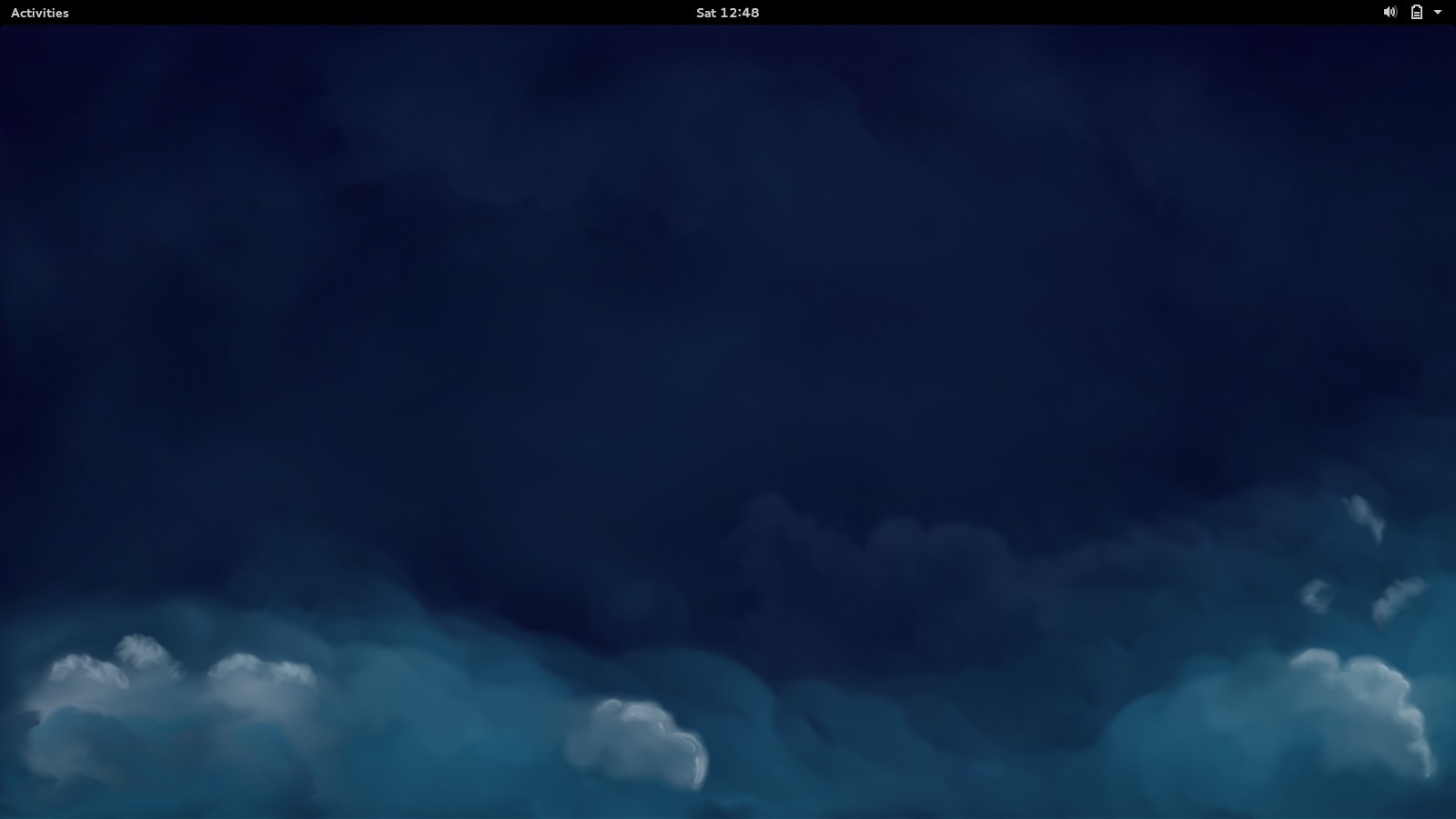With the recent release of Fedora 23, Fedora 21 will officially enter End Of Life (EOL) status on December 1st, 2015. After December 1st, all packages in the Fedora 21 repositories will no longer receive security, bugfix or enhancement updates, and no new packages will be added to the Fedora 21 collection.
Upgrading to Fedora 22 or Fedora 23 is highly recommended for all users still running Fedora 21.
Looking back at Fedora 21
Fedora 21 was the first release to ship the Workstation, Server and Cloud editions when it was first released in December 2014. Fedora 21 Workstation was when users could first test GNOME Wayland, which is slated to be the default display server come Fedora 24. On the Server, Cockpit and Rolekit both made their debut in Fedora 21, and Fedora Cloud introduced the Fedora Atomic Host for the first time in Fedora 21.
About the Fedora Release Cycle
The Fedora Project provides updates for a particular release up until a month after the second subsequent version of Fedora is released. For example, updates for Fedora 22 will continue until one month after the release of Fedora 24, and Fedora 23 will continue to be supported up until one month after the release of Fedora 25.
The Fedora Project Wiki contains more detailed information about the entire Fedora Release Life Cycle, from development to release, and the post-release support period.







zermok
please provide any link to upgrade fedora 21 to 23
Paul W. Frields
@zermok: Best strategy is usually to upgrade one release at a time. But if that’s too time consuming, you can consider a fresh installation. If I remember correctly, you would use fedup to upgrade from Fedora 21 to 22, and then you can consult this article for instructions to upgrade from 22 to 23.
wdac
and btw, my GPU drivers are fucked up and i need to HOPE that Nvidia will release new drivers for the new Kernel…
tutunak
I used this instruction for update f21 to f23. After few hous I have new system without any bugs
https://fedoraproject.org/wiki/DNF_system_upgrade
wdac
is it only me that thinks this is going a bit fast? i meen from 21 to 23 in 12 month…..
Paul W. Frields
@wdac: That is our normal pace — Fedora does not stand still. You may want to review our principles for why we release early and often: https://fedoraproject.org/wiki/Overview
wdac
Funny thing, its not only… to upgrade… now iam sitting here with bugz and shit, i now regret either i did upgrade due to it worked fine, or i regret i dident upgrade in time…
sure less work for developers and so, but as a plain user i dont like it, tho i rather use Fedora than any other OS… tho i want it to be more important on the OS market, so everything aint just works on that damn MS stuff.. and if Fedora project wants to be that “bigger” OS for the end users, it cant rush like this…. imo…
arehtykitna
If you don’t like the frenetic pace of the 6-month release schedule then why not try CentOS which is more long-term-support orientated? CentOS is basically RHEL without official support. You can still use extra third-party or non-free proprietary packages from EPEL or RPMFusion.
anarchean
That’s pretty standard. Fedora have ~6 months release cycle, which is what many of the Fedora users are searching for: fresh, cutting-edge software. Some bugs and a little of upgrading work is what we pay.
Kyle Hargraves
no; the speed of the “cylce” has been a criticism of Fedora for years. On the one hand it is a good distribution of Linux (although aspects of philosophy have been contentious since (about F14). Many would prefer NOT having to upgrade annually or failing that a longer life for each distribution after a given release.
Badr
Dear Paul
I guess u r part of Fedora Team as I see 🙂
I asked and searched a lot for only one Question and I guess you are the best to ask 🙂
what makes me go from Ubuntu (or Ubuntu based dists) to fedora?
I’m really thinking of leaving ubuntu (very heavy and not sure about their open source policy).
but I’ve a lot of concerns:
1- .deb packages are more than .rpm packages. (correct me if i’m wrong).
2-Fedora has a fast life cycle, which will make me upgrade often. in Ubuntu upgrade is a nightmare. they always suggest for a fresh install and that’s (ugly) thing :).
3-stable , fast , lightweight , community supported and support for codecs and fonts is the kind of dist I like. your recommendation and opinion is highly appreciated.
Badr
Krystian
Why Fedora? Well – it’s a nice distro. When Canonical is only Canonical, Fedora is a part of Red Hat ecosystem – RH is a really big player in Linux world, something like Microsoft and Windows. They really know how to done it right. Canonical is a small company – they talk much, mostly promising something. Ubuntu today is not the same Ubuntu like years ago… But it’s still a nice distro anyway 🙂
Well…deb packages are popular, but rpm are normal as well. Sometimes deb are only provided, but Fedora have Copr repos (users extra repos, something like PPA in Ubutnu). Sometimes I’ve had to search for rpm package, but not often. It’s acceptable. Deb –> RPM –> tar.gz –> rest of Linux packages.
You don’t need to worry about updates (or upgrading to the newest Fedora from older version). I’m using Fedora for 6 years, and this distro never let me down. Upgrading to a newest version is my preffered method. It’s not Ubuntu, where upgrading higher is like walking on thin ice (maybe it will succeed, maybe not).
Justin W. Flory
@Krystian: I’ve also always had a very smooth experience across Fedora upgrades on my machines. I just follow the directions and I always end up fine after the upgrade. 🙂
Badr
@Krystian thanks man to ur answer .. it’s definitely will encourage me to try it at least for few weeks.
Joe Higginbotham, PhD
I’ve been using Fedora for years to support technical computation. In your enthusiasm to put forth a popular system that can compete with Windows, it seems to me that you are neglecting your technical compute users who have probably been with you for much longer than any other group. For example, Fedora 21 did not include the C-shell by default, and the default version of the VI editor was not VIM, the default terminal is not optimal – the loss of activating a screen when the cursor is over the screen is serious and appears to be in every available terminal version, the “Disks” utility has lost functionality. I suspect that your viewpoint is to have Red Hat manage these users and indeed Red Hat is running on the servers where I work. However we contact those servers through desktop machines running, guess what, Fedora. My PhD is in physics and my job is R&D but I end up doing some local IT work as well. I’ve got one manager who won’t move up from Fedora 14 because of the change in the Gnome interface model. So why don’t I also freeze with Frdora 14? Primarily because I have to read and write documents and the Libre Office suite of tools is my favorite.
Samuel Sieb
Very few people use csh, but it’s very easy to add it after the initial installation. There are many useful packages that are not installed by default, including vim which is usually the first thing I add after installing. (Although I usually install with a kickstart so it’s automatically included there.) I don’t understand what your other issues are with the terminal and Disks, but have you filed bugs about them?
Btw, your manager that doesn’t like Gnome Shell might want to try installing the latest Fedora with the Mate window manager instead of Gnome. There’s even a Mate spin live image so he could try it without removing what he already has installed.
runner105
I am using Fedora 21 on a RaspberryPi, made possible by BerryBoot. BerryBoot only has 21 and i dont know how to upgrade, or if it’s even possible 🙁